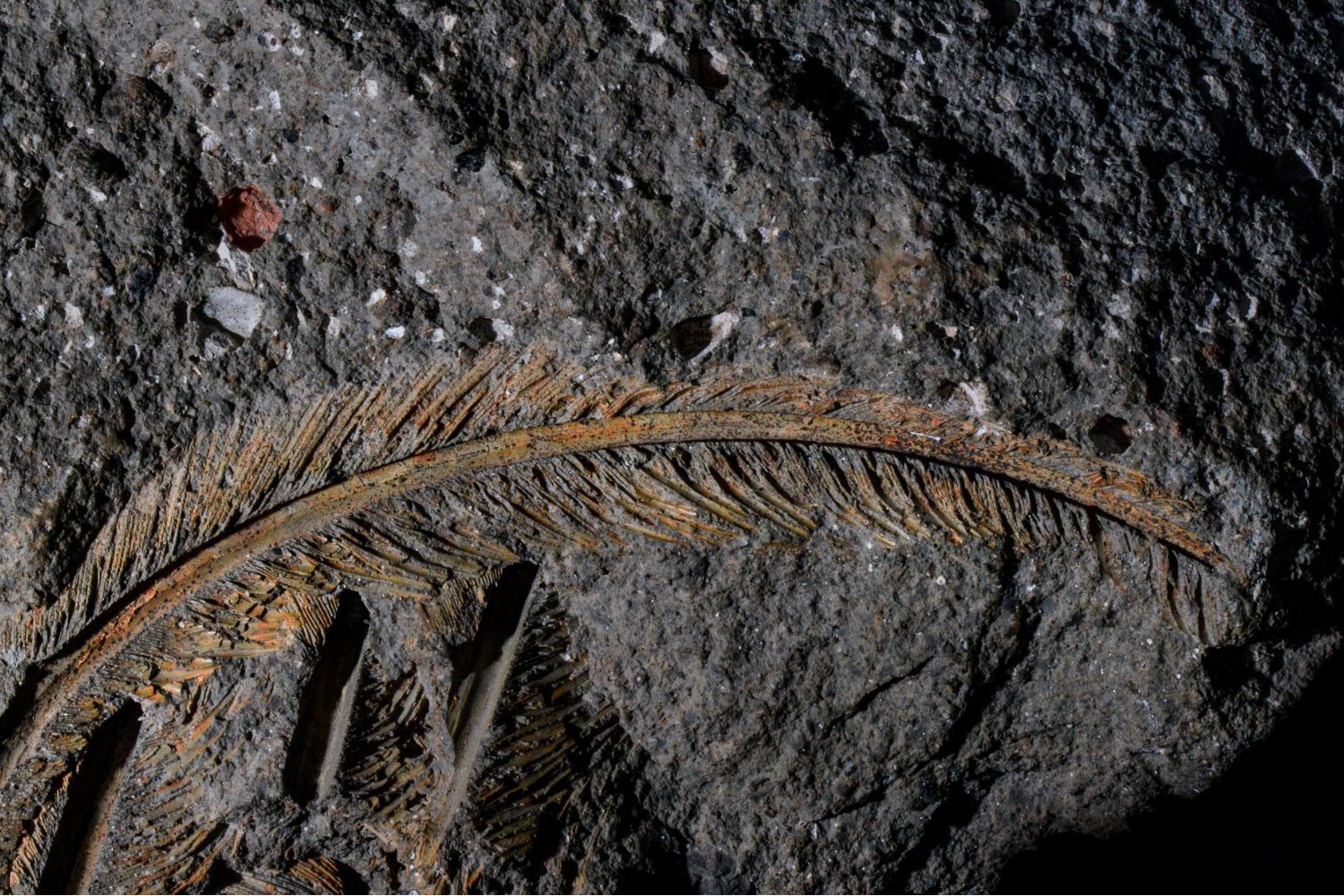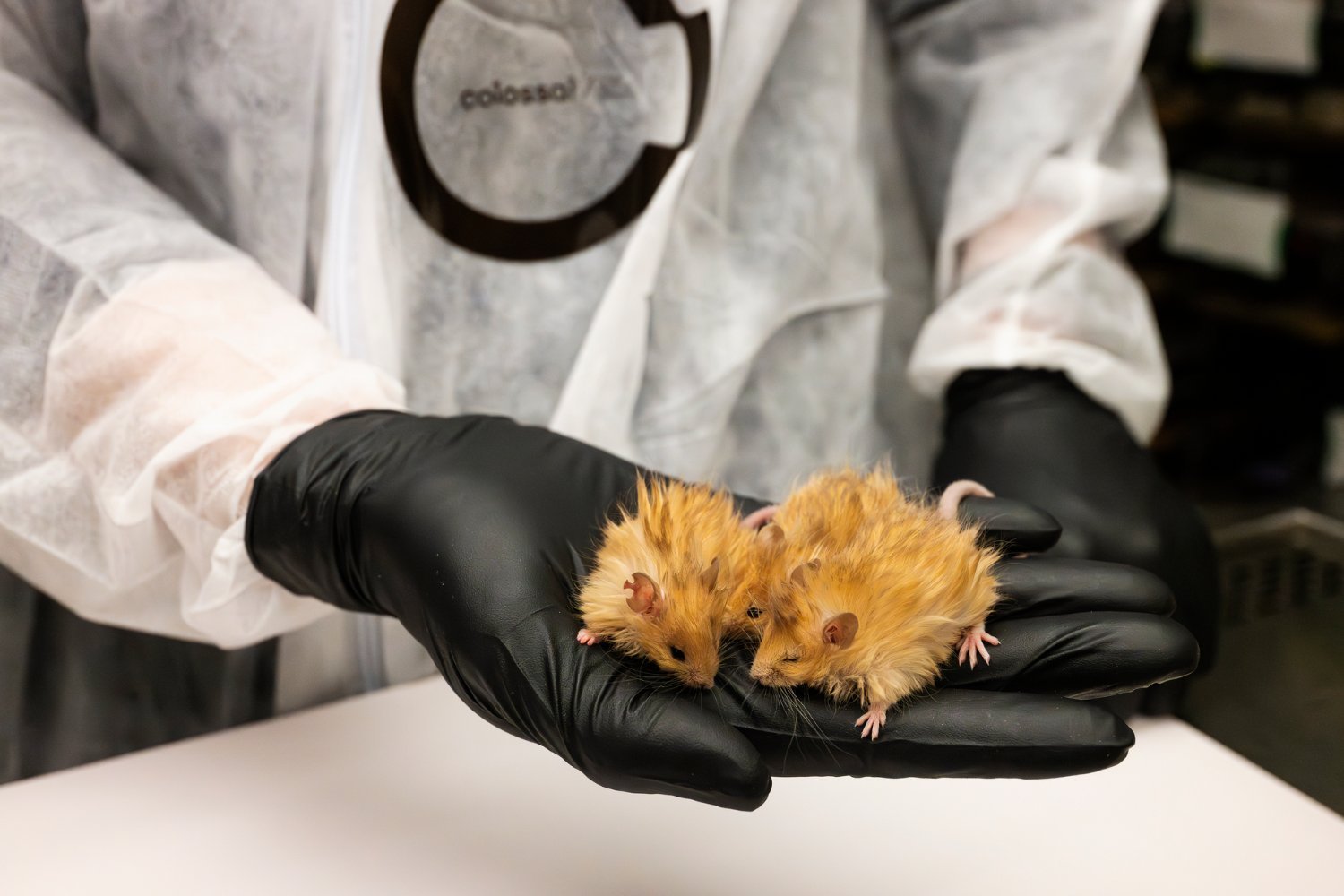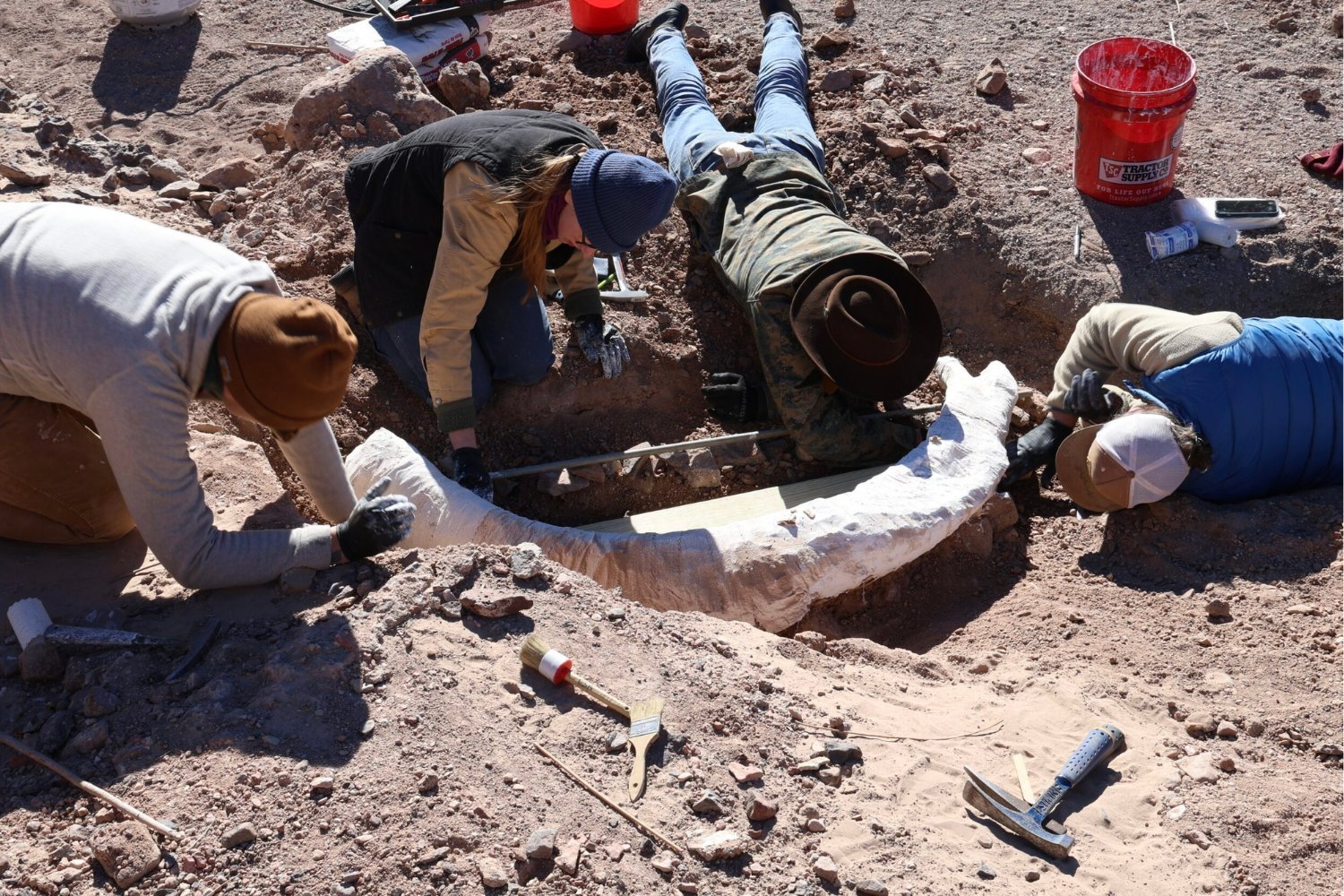The future of medicine may involve on-demand 3D-printed prosthetic penises. A recent study demonstrates the potential of these implants to restore sexual function in animals, offering hope for human applications. Researchers from the U.S., Japan, and China published their findings in Nature Biomedical Engineering, detailing successful mating and reproduction in pigs and rabbits with damaged penile tissue after receiving the 3D-printed implants. This breakthrough technology could revolutionize treatment for penile injuries and pave the way for creating functional replacements for other blood-vessel-rich organs.
The complexity of the penis, with its intricate network of blood vessels and tissues required for engorgement, has presented a challenge for scientists attempting to create accurate lab models. This study marks a significant advancement in replicating these complex structures.
The researchers first created a biomimetic model of the glans penis and the corpus spongiosum, the spongy tissue surrounding the urethra containing the blood vessels responsible for erections. This model meticulously mimicked the urethral structures of a typical penis.
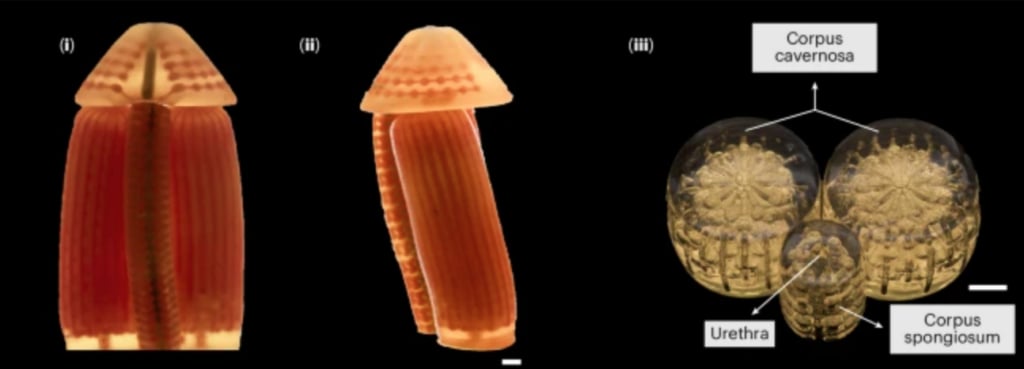 Biomimeticpenis 1024×369
Biomimeticpenis 1024×369
Next, they 3D-printed a gel-based scaffold mimicking the corpus spongiosum, engineered to withstand expansion during sexual activity. These implants were then transplanted into rabbits and pigs with partially damaged corpus spongiosum. Some implants were seeded with the animals’ endothelial cells (cells lining blood vessels) to promote integration and functionality.
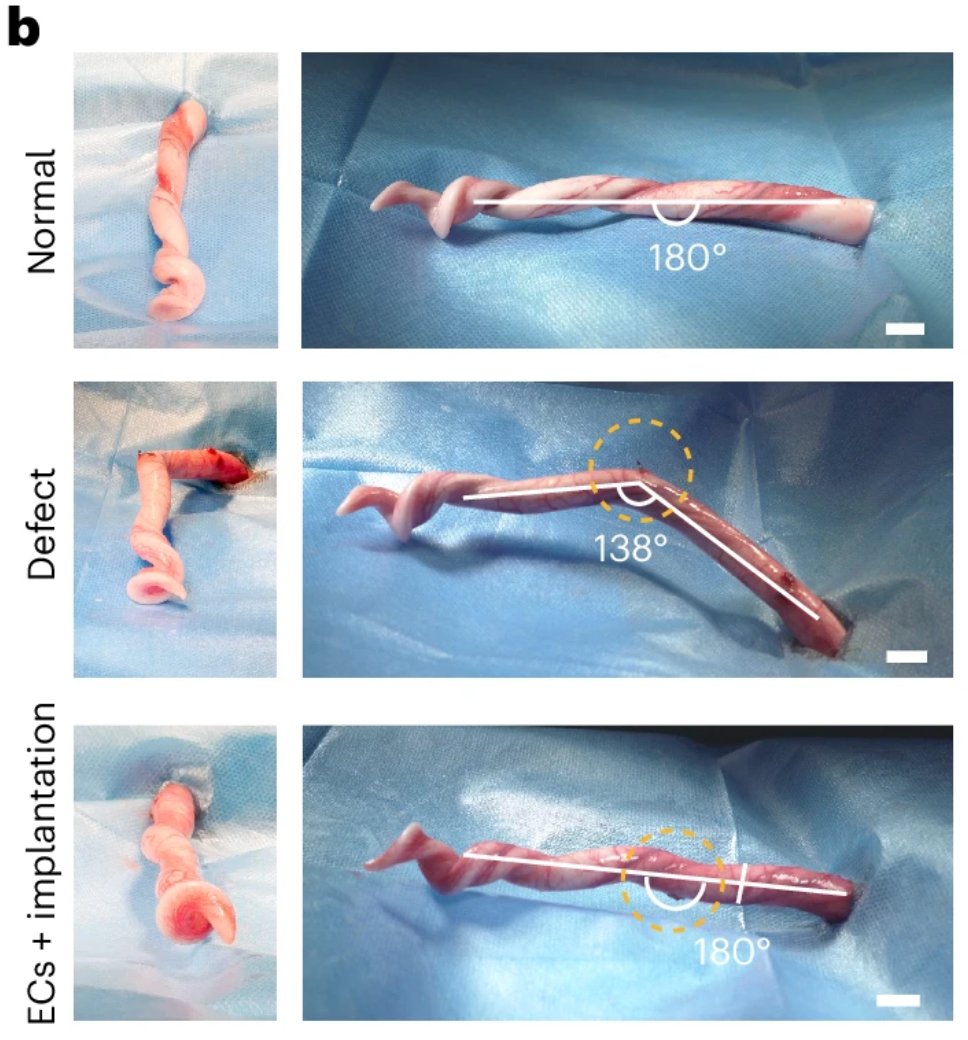 Pigpenisimplant
Pigpenisimplant
Within weeks, the implants, particularly those seeded with endothelial cells, demonstrably improved erectile function. Animals with these fused implants exhibited improved tissue regeneration, with erectile function returning to near normal levels, enabling successful reproduction. The researchers noted the restored erectile function and ejaculation ability in the endothelial cell groups indicated the recovery of cavernous tissue.
While these results represent a proof-of-concept, further research is necessary to develop implants capable of regenerating and restoring more severely damaged penises in humans. This model provides a valuable platform for studying erectile dysfunction and holds immense promise for creating advanced penile and other organ replacements. The researchers are optimistic that their work will contribute to the development of 3D-printed, blood-vessel-rich functional organs for transplantation.




